If you frequently see slugs in and around your yard, you’re right to investigate if these shellless snails pose any dangers to your cat (or you). Reasons why cat will eat slugs will vary and are largely dependent on age, breed and whether or not a cat has any underlying medical issues.
In this article we have covered everything you need to know on this topic, from the question of how dangerous slugs are to cats, how it effects their digestive system, things you should watch out for if your cat eats or has eaten slugs before, and also had to get rid of slugs or snails to make your cat’s life without any added troubles.
Can Cats Die From Eating Slugs?
Cats can die from eating slugs but in very rare circumstances. Slugs themselves do not pose a significant problem to the cat’s digestive system – insects and the like are a natural part of the feline’s diet. Although slugs themselves are not toxic, the mucus they produce can cause your cat to drool or vomit.
Diligent gardeners eager to deter slugs from their gardens can create that slimy creatures are a much greater threat to cats than they normally would be. Poisons absorbed by a slug before being ingested can pose a health hazard to a cat lucky enough to have ingested it.
Depending on the slug deterrent used, a slug is unlikely to cause dire results. However, a cat that eats poisoned slugs as a habit may be in significant danger as toxins build up in its system.
Symptoms of poisoning include:
- Agitation
- Drool
- Tremors and muscle convulsions
- Accelerated heart rate
- High temperature
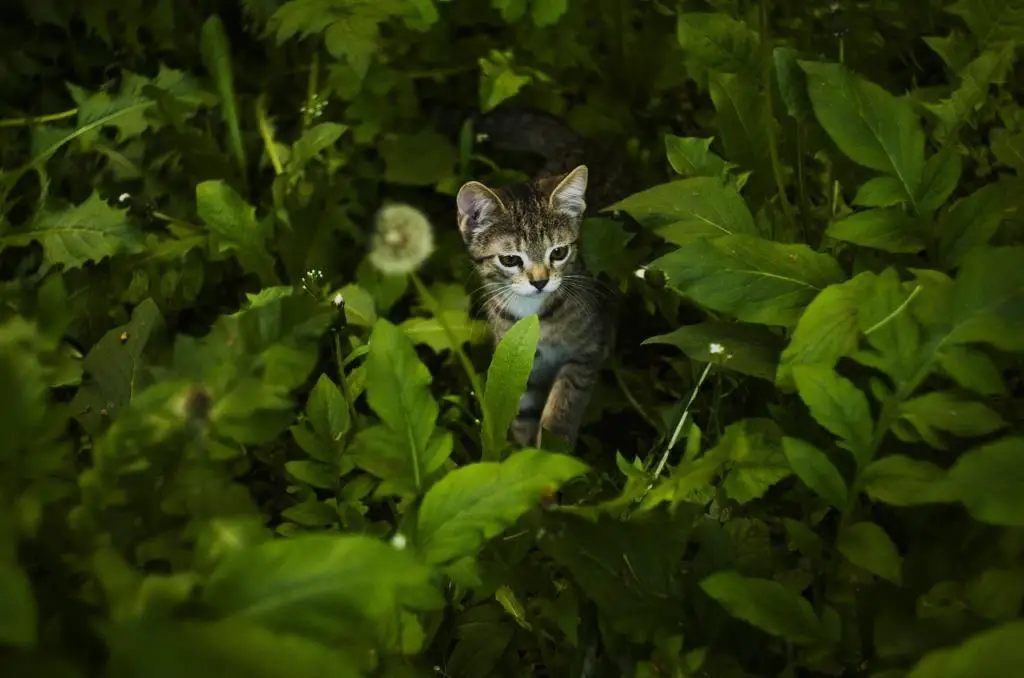
Why Do Cats Eat Slugs?
Unfortunately, there doesn’t exist a scientific answer to this question as cats eating slugs or snails is quite an uncommon thing, and it most likely depends on a variety of circumstances, ranging from cat’s curiosity to even poisoning.
So let us say that although cats do eat slugs – it is quite an usual thing.
All cats enjoy roaming and hunting, and a slow-moving snail in front of them will attract them. If, by playing, they could crack the snail out of its shell, a cat may eat a snail, or a slug as a treat. However, a cat will likely play with a snail/slug and leave it afterward, rather than eating it.
Are Slug Pellets Harmful To Cats?
We have mentioned in this article that a lot of people try to get rid of slugs as they are garden pests. The problem with doing this, however, is that slug pellets are harmful to cats too.
At least, almost all of the commercial pellets that contain poison designed to exterminate snails, slugs, and other such creatures do. It’s the compound called metaldehyde that is extremely dangerous to pets.
Remember how I explained that slugs produce mucus to keep their bodies slimy? Metaldehyde stops them from producing mucus, along with bloating them, causing them to dry out and die.
If a cat eats slug pellets or another poison containing metaldehyde it will affect their nervous system. Symptoms include tremors, drooling, and restlessness, leading to seizures and death. This can all happen within hours of eating some pellets, it’s that toxic to pets.
Apparently, the pellets are designed to attract slugs by smelling like food, which can also attract cats. They are supposed to taste nice too to ensure they are eaten.
So, you should never use any form of slug poison in your garden if there is any chance a cat or another pet will come into contact with them.
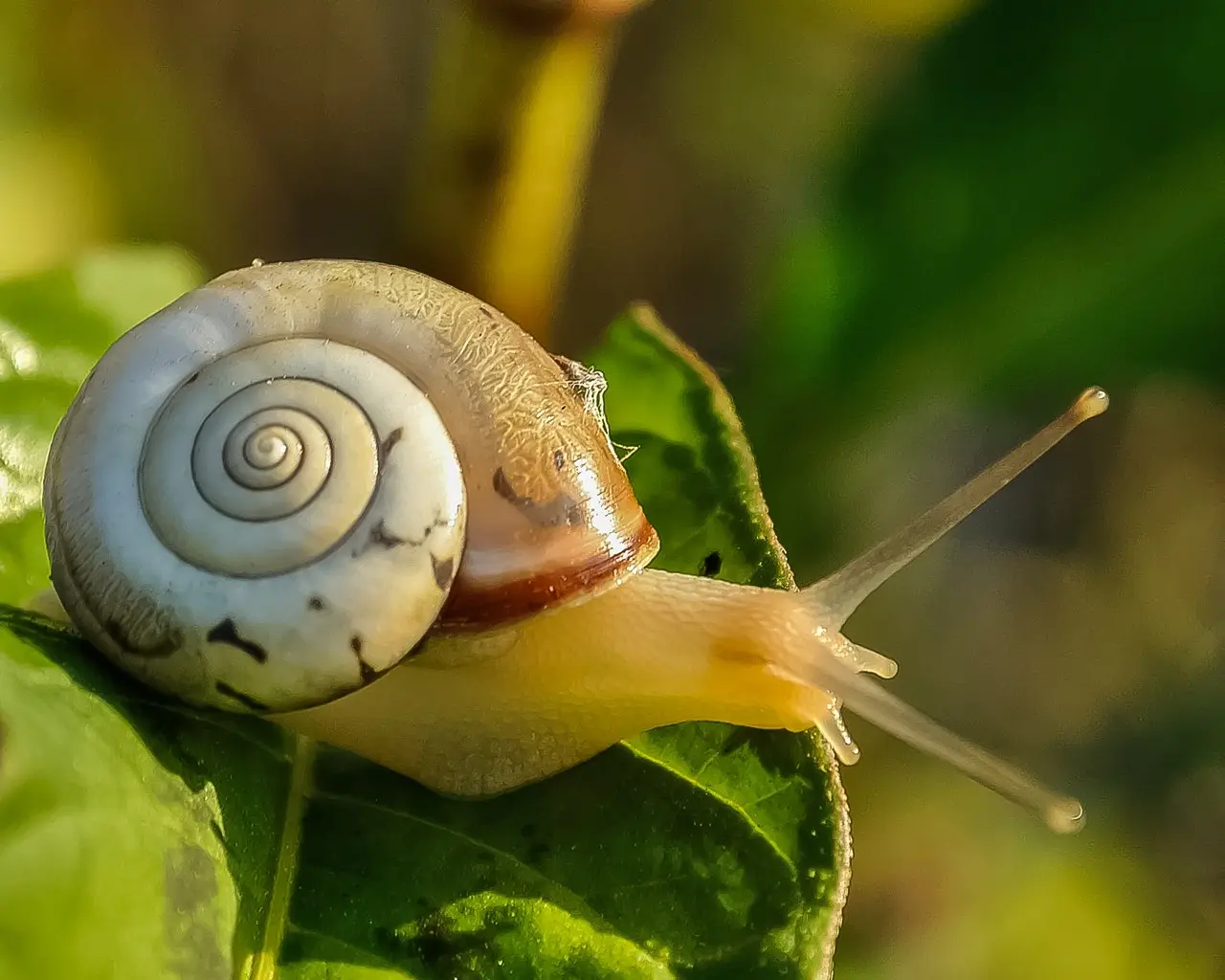
Cats Eating Slug Pellets
As all connoisseurs of French cuisine know, most snails are edible. Molluscs, however, have the potential to cause problems in several ways.
Some snails, like cone snails, have venomous glands that can inject lethal doses of toxins into cats, other animals, or humans. However, cone snails are marine organisms that live on tropical reefs.
Many other species of snails are intermediate hosts for parasitic diseases in mammals. Snails can have lung worms (which can affect pets) or schistosomiasis (a nasty disease of humans).
Thoroughly cooking snails in garlic butter will generally kill these parasites and make snails safe to eat, but we would absolutely not recommend doing this, as butter can cause pancreatitis, garlic can be toxic to cats and feeding escargots to pets is also quite dangerous.
Snails are cats are both generally attracted to granules that contain metaldehyde. Cats tend to eat snails that have lived or been recently exposed to metaldehyde. Metaldehyde poisoning is similar to strychnine poisoning. This causes tremor (which can become worse in response to any form of auditory, tactile, or visual stimulation). Shivering can progress to uncontrolled seizures and death.
My Cat Threw Up A Slug
A cat throwing up a slug or a snail may be a sign of toxicosis. To understand if the ingestion of the snail has caused toxicosis, a clinical visit and diagnostic investigations are necessary. Take your cat immediately to the veterinarian and they will tell you what to do.
Are Cats Scared Of Slugs?
There is something inherently repulsive about snails: their slime, which is sticky and sometimes stinks or tastes bad.
Slugs not only slide it on surfaces when attacked or injured, but produce plenty of it as a defensive mechanism, relying on the attacker being disgusted by the sticky slime in their mouth. Most animals find it repellent, not just cats.
According to Carnegie Museum Of Natural History,
Land snail defenses against predators include cryptic coloration and texture; thickened shells and opening barriers; defense mucus production including irritating odors and tastes; hidden behaviors and rapid movement.
Ken Hotopp and Tim Pearce 2/2014
Another reason is that cats evolved to eat small mammals, such as rodents and birds. Those have a very specific blend of proteins, fats, minerals (like calcium) and fiber in the body that the cat relies on for nutrition. Snails, on the other hand, do not contain a lot of protein, very little fiber and almost no fat, as pointed out in this article on feeding snails to livestock.
In general, only part of the normal diet should be replaced by snail meal due to the possible lower protein content and lower amino acid profile than the normal high quality fish meal diet.
And finally, cats are lurking hunters whose prey is stimulated by shuffling movements and noises, instead of foragers who would take a snail as an easy snack.
As pointed out in our article, this doesn’t mean cats never eat snails. The fact that your particular cat doesn’t like snails can be a personal preference, or rather an aversion.
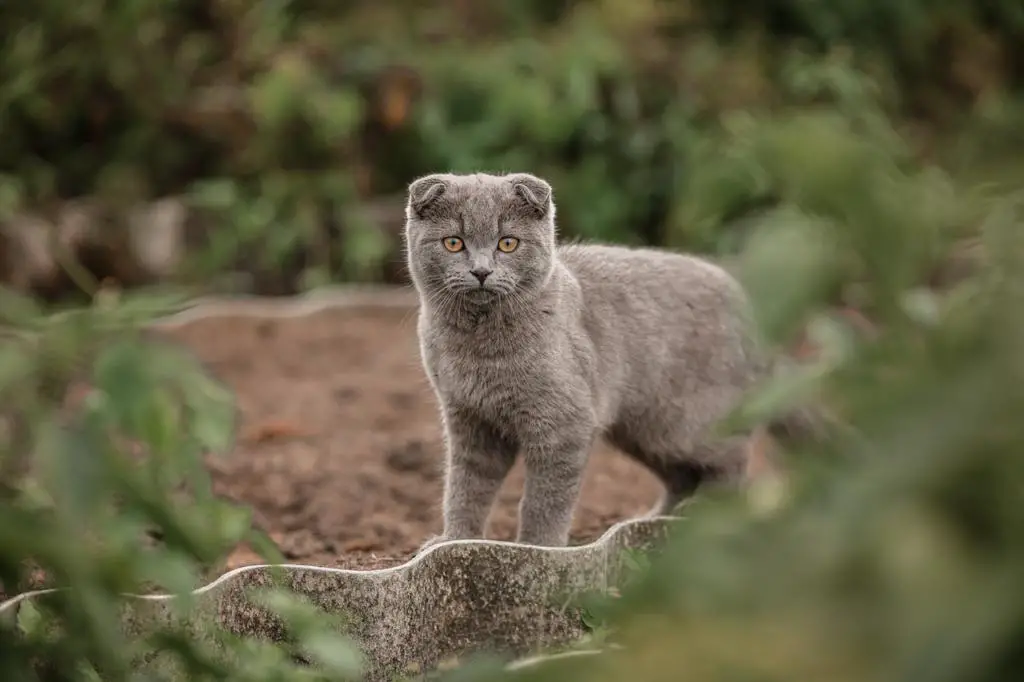
Can Cats Get Lungworm From Slugs?
Lungworm is another problem that can occur as a result of ingesting slugs. Slugs and snails are regularly infested by the lung parasite. If a cat eats an infected slug, it can also become a host.
Lungworms cause shortness of breath by damaging the airways and interfering with the accumulation of mucus in the lung tissue, with possibly fatal consequences. There are lungworm vaccines for cats that protect against this problem.
Keeping your cat indoors, especially after the rain, when slugs emerge en masse to roam the yard, is essentially the only sure way to prevent a predisposed cat from feeding on slugs.
Slug Slime On Cat
As far as we know, eating (one snail or slug) isn’t cause for concern, but if the snail had just consumed poisonous bait before being eaten, it could be a concern. Typically, though, cats aren’t interested in eating snails or slugs, but there are always those pets that are the exception to the rule.
Most snail and slug poisons, which can come in a green or blue-colored liquid or granular form, contain a compound called metaldehyde, which is extremely poisonous to cats. Eating as little as 1 ounce of 3% metaldehyde can cause toxicity in an 8-pound cat.
Metaldehyde kills snails and slugs by causing them to dehydrate (it does this both by disturbing their ability to produce their protective mucus coating and by causing them to swell). In cats, it has a much different effect, an effect which can be quite devastating and even fatal!
How To Keep Your Cat Away From Slugs
Now that we know what happens if our cat eats a snail, a slug or slug pellets, we will see how we can minimize the risks. These are the things you can do to help your cat keep away from slugs.
- Educate your cat so that she does not eat anything she finds outside the house.
- If you have frequent access to an area with an abundance of snails or slugs, make sure they are not eating them.
- Living in places close to the fox population also increases the risk, as these animals can act as reservoirs.
- Traces left by mollusks on the surfaces they pass through can also be a source of infection.
- Given the difficulty in controlling earthworms in foxes or mollusks, it is important to establish and follow the deworming guidelines.
- See a veterinary clinic for any symptoms.
Extra Tips To Prevent Your Cat From Eating Slugs And Snails In The Garden
Take note of these other tips to prevent slug and snail pests on your land:
- Water your garden in the mornings, except when it is sunny as the plants can burn.
- Use drip irrigation to avoid accumulation of water on the plants and excess moisture.
- Frequently aerate the soil to remove mollusk eggs.
- Add plants that repel slugs and snails, such as nasturtiums, mustard, rosemary, lavender, sage, nasturtium, begonia, geraniums, or bergenia.
- You can use granules of essential oils to place in the soil around the plants as a barrier, its strong aroma will repel mollusks.
For more information on how to get rid of snails and slugs in your garden, read through the rest of this post. Use ‘Table of Contents’ to guide yourself through the post.
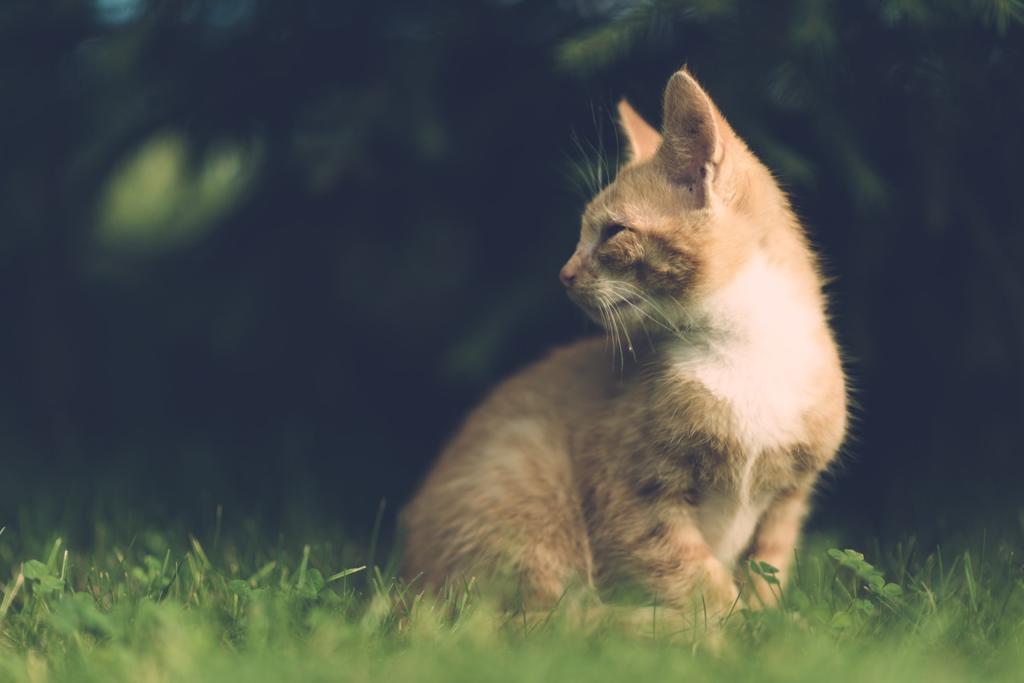
Diseases Transmitted By Slugs To Cats
In the following parts of this post, we will go through the main diseases that are usually transmitted by slugs/snails and other molluscs alike, as well as natural ways to prevent slugs in your garden.
1) Angiostrongylosis
Angiostrongylus vasorum worm in cats can produce all sorts of devastating effects: platelet count reduction, pulmonary artery obstruction, thrombosis, larvae migration lesions, congestive heart failure, cough, respiratory failure, exercise intolerance, anemia, bleeding, bruising, neurological loss and even death.
This parasite is native to Europe, but is spreading and can already be found in other countries. What happens if a cat eats a snail infected with this worm is that it will swallow its L3 larvae which will travel to its heart, more specifically to the right ventricle and pulmonary artery, where it will complete its development to the adult state.
Mature females lay eggs that reach the pulmonary capillaries through the bloodstream, where L1 larvae hatch and move to the pulmonary alveoli.
When a cat sneezes or coughs, these larvae reach the mouth and are swallowed, which ends up in the digestive system and is excreted in the feces.
The larvae approach different species of snails or slugs, where they will develop to L3, restarting the cycle if any cat eats them.
2) Crenosomiasis
This disease, also known as harmful pneumonia, is caused by another roundworm or nematode, Crenosoma vulpis, which affects the lungs and reaches our cats if they swallow infested mollusks.
What happens if a cat eats a snail or scum is similar to the cycle we described for Angiostrongylus vasorum, with the difference that these parasites go to the bronchi, bronchioles and, in some cases, strips, places where adult females lay eggs that will develop into larvae L1.
In the same way as in the previous case, through coughing, sneezing, or expectoration, these larvae end up in the digestive system and are excreted in the feces, from where they penetrate the snails or slugs, continuing their development to L3 larvae.
If a cat swallows a contaminated snail or slugs, the larvae will pass from the gut into the lungs through the bloodstream in about three weeks. It will complete its cycle in the lungs. Adults can live up to 10 months.
Cats Swallowing Frogs, Lizards, Mice etc.
Sometimes a cat becomes infected by swallowing frogs, lizards or even mice, because these animals can become infected even if they have swallowed mollusks. As we have seen, the symptoms of this parasitosis are quite nonspecific, so it should be the veterinarian who will come to the diagnosis.
Larvae can be noticed in the stool, although this technique has false negatives, as its removal is occasional. Blood tests and X-rays or ultrasounds can be done, although due to their small size, these worms will not be seen.
Due to the serious consequences that this parasitosis can have, it is necessary to follow the correct guidelines for deworming to prevent them. In this regard, and although there are more antiparasitic products, experts recommend choosing a monthly thaw, especially in those cats with daily access to field areas, with snails, scum, ticks and fleas.
Also, to avoid giving more products than one animal, it should be borne in mind that there is a double defrosting, by which we manage to protect cats from the most common internal and external parasites with a single tablet. Because we love them, protect them, ask your vet and deworm your pet.
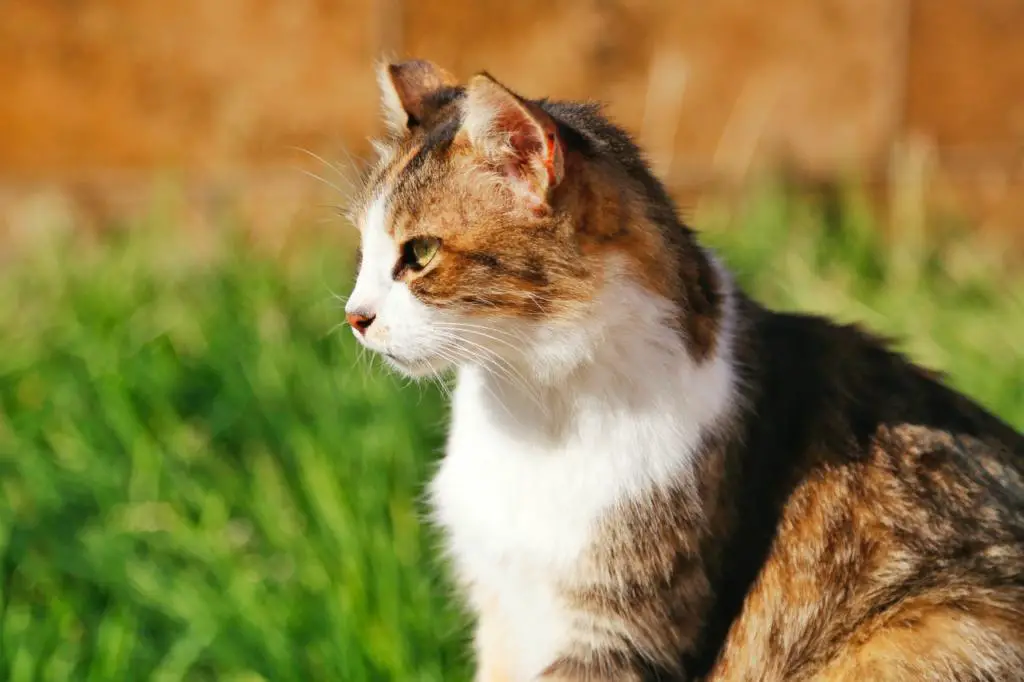
Slug Poisoning In Cats: Symptoms And Treatment
Cat slug poisoning is one of the most common accidents. Better to learn to recognize the symptoms in the feline, before it can be late.
Slug poisoning in cats is caused by a substance also known as metaldehyde. This product is often used as a molluscicide poison for houses and gardens, but unfortunately its danger is underestimated, as in most situations, the owners of gardens or houses infested with snails tend to spread it a little everywhere.
The problem is that they do not consider the presence of their pets that roam freely in the same space where the snail killer was deposited.
It is useless to try to place this substance in some corner that seems unreachable, because the cat, let’s remember, has an agility that should not be underestimated. This is why snail poisoning in cats is one of the main domestic accidents of our animals.
Cause Of Slug Killer Poisoning In Cats
The cause of slugicide poisoning in cats as we have previously specified is due to this substance called metaldehyde, used above all against snails and snails, although in some products it is used for rats, but in general it deals with exterminating the molluscs in general.
It is something that we certainly did not expect to find in the lighters and cooking stoves that are used on the campsite, where it is present. It can be found in liquid or bait form, often combined with bran, in the form of flakes and pellets.
But the most disturbing thing is that it is a substance that is tempting to our cats and pets in general such as cats and rabbits. The mode of action of the snailicide consists in making the snails generate an increase in mucus secretion, dehydrating them until they die.
In the feline, this substance is toxic and acts on the central nervous system, the lung and also causes metabolic acidosis, lowers the excitability threshold and generating convulsions in the cat.
Symptoms Of Slug Killer Poisoning In Cats
Snail killer poisoning in cats involves a series of symptoms that come out within a maximum of 3 hours from the moment the feline ingests the bait containing the metaldehyde for the snails.
They can be identified in:
- tachycardia in cats
- congested mucous membranes
- pale mucous membranes
- muscle twitching
- fasciculations (they are spontaneous, rapid and regular contractions of one or more parts of the body)
- opisthotonus (it is a state of severe hyperextension and spasticity in which an individual’s head, neck and spine curve)
- continuous seizures
- dilation of the pupil
- vomit that smells like formaldehyde
- diarrhea in cats also greenish
- hyperthermia (not really fever, it is caused by muscle tremors)
Diagnosis And Treatment Of Slugicide Poisoning In Cats
The diagnosis of slugicide poisoning in cats , like all diagnoses of poisoning, must be made with extreme speed before it can be too late to do anything for the feline. To send the animal’s gastric contents to be analyzed is a slow solution that should not be applied, but the veterinarian will certainly know how to intervene.
First of all, the veterinarian will ask for the anamnesis or the previous history of the cat is the first phase to be analyzed together with the owner and if the latter suspects that the cat may have approached the snail poison, the best decision to take. is to take part of this substance and take it with you to the vet.
In this way the doctor, knowing what caused the cat’s condition, will be able to intervene much faster. Unfortunately, however, without being able to use any antidote, as metaldehyde has no antidote.
This is why the veterinarian can only and exclusively remove any metaldehyde still present in the stomach, and then proceed with gastric lavage, activated charcoal, drip to resolve metabolic acidosis, drugs to control seizures.
For the prognosis, timing is everything, logically the sooner the cat is transported to the vet the more likely it will be that it will soon recover. Otherwise there could be certain liver and kidney damage or even a cardiac arrest and therefore the death of the feline. If the animal exceeds the first 24 hours, the prognosis definitely improves.
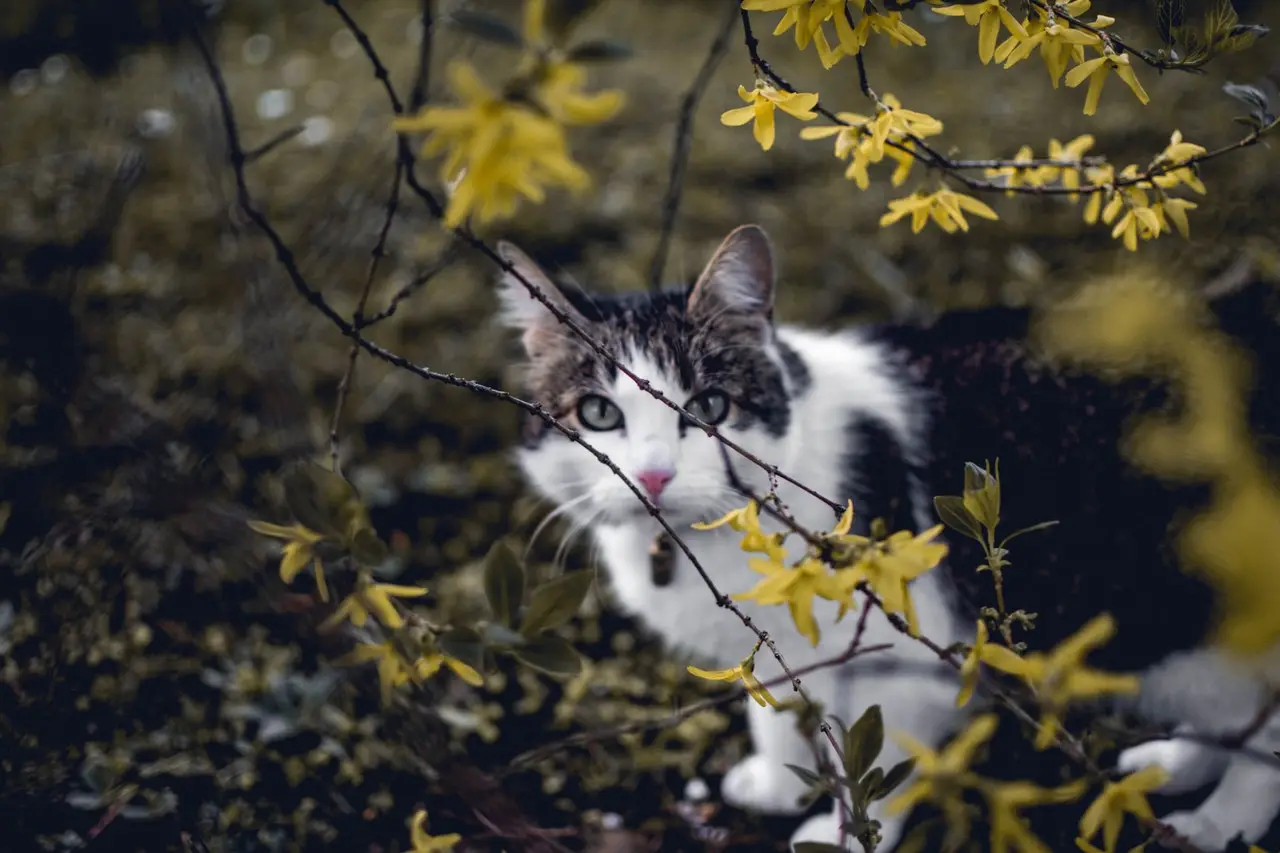
How To Keep Slugs Away From Your Cat And Cat Food
If you have a garden or an orchard, surely, you have met the company of snails and slugs or limacos. These mollusks feed on plants, both their leaves and stems as well as flowers and their fruits, which makes the garden or orchard look dull and we run out of our food, in the case of orchards.
If you were wondering how to eliminate slugs and snails naturally from your land, orchard, garden, terrace or patio, here at MeowFluent, we will explain the most effective ways to get rid of these animals in your area without killing them.
So forget about buying insecticide for snails or diatomaceous earth, which although effective are very harmful and even lethal for them, and take note of these home remedies to eliminate slugs.
1. Catch The Slugs And Snails And Take Them Somewhere Else
The first advice and remedy on how to eliminate slugs and snails from the orchard or garden is a win-win option, this means that we all win. Although it may seem tedious or a long process, we will remove these mollusks from our land and they will remain alive and, if possible, in a safer place for them.
You will have to catch them to take them to another place, quiet is easier than it may seem. You can place shelters and traps to catch these animals. For example, place tiles or other elements that serve as shelter such as special baskets to catch them. Every day you can check these “traps” and remove them.
When you have collected all of those you have caught at these sites, you can take the slugs and snails to another location away from your terrain where there is a lot of vegetation and some water nearby, such as a river.
Another tip is to take advantage of the rainy days to catch them, as they come out to take advantage of the humidity.
2. Use Coffee To Get Rid Of Snails And Slugs
One of the most used home remedies against snails and slugs is that of coffee grounds in the garden or orchard. The remains or grounds of the ground coffee are very effective as a barrier against slugs or limacos, snails and worms, since it makes it difficult for them to pass through that area and also the composition is strong for them, and can become toxic, and repels them immediately.
Put a thin layer of ground coffee or its grounds after using it in the area you want to protect. Do not be afraid to pour it very close to the plants, because coffee is very good for the earth and helps to improve its composition by helping it have more nitrogen.
In addition, another option is ashes, which have the same repellent effect for these animals, but are not as beneficial for your plants.
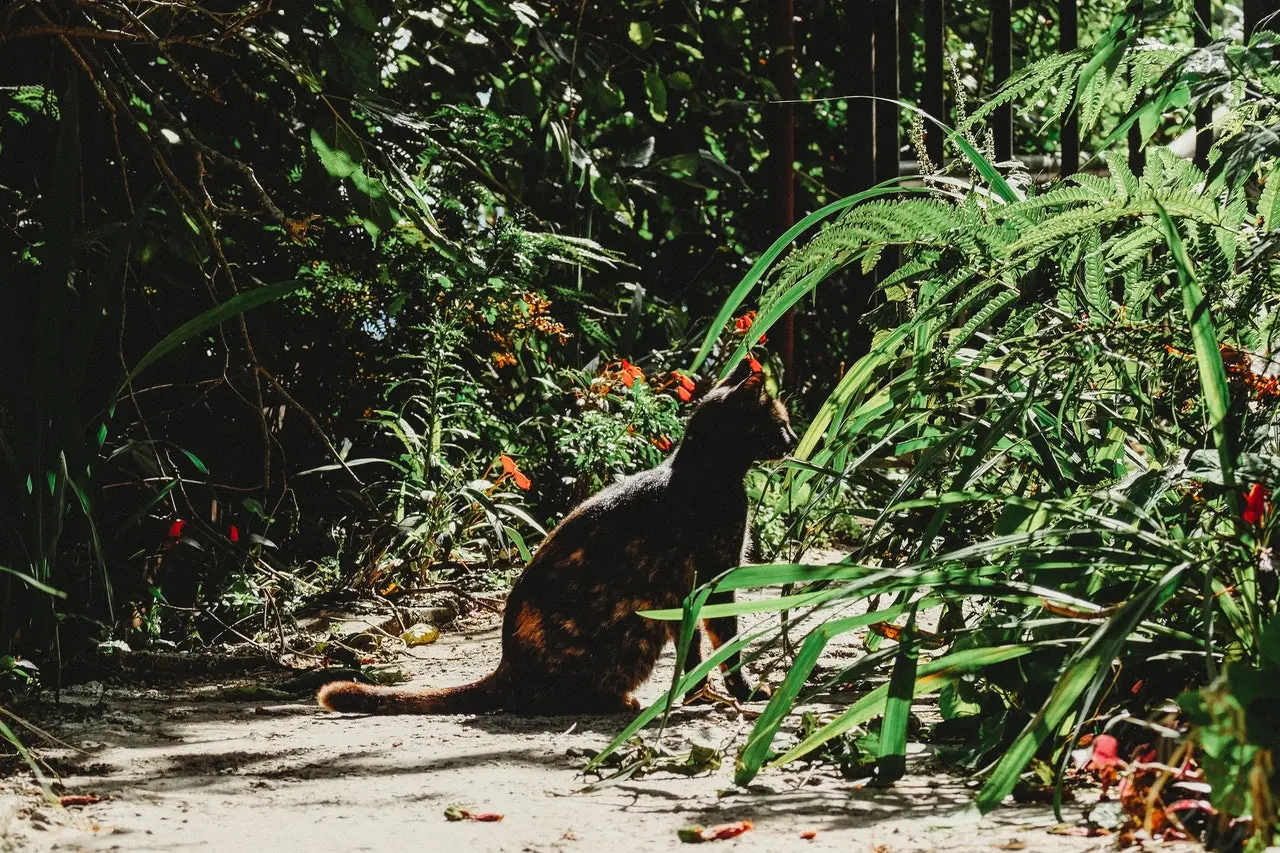
3. Use Garlic To Eliminate Slugs And Snails
Another product to effectively eliminate snails and slugs without actually killing them is garlic, a plant that we use as food and has thousands of properties, benefits and uses. It is a powerful repellent due to its strong components and it is very easy to use while it does not harm plants, crops or the environment.
In addition, this natural remedy repels many more unwanted animals in orchards and gardens, such as aphid pests and is even one of the best homemade fungicides.
You can chop a few garlic cloves and spread the pieces around the area you want to protect or, you can make an infusion in large quantities to sprinkle it on the ground and plants when the sun does not hit them to prevent them from burning with the liquid and the sun’s rays.
4. Apply Coarse Salt Or Eggshells – Barriers Against Slugs And Snails
Both coarse salt and pieces of eggshells are very effective in fighting slugs and snails in the garden and orchard . They form a barrier that is very unpleasant for these animals and others, such as some worms, because on the one hand they prick and on the other the salt bothers them and even causes damage.
Therefore, as soon as they begin to notice the barrier of coarse salt or eggshells, they decide to leave this place in search of a better one.
Spread a thin layer of these elements around your plants, but do not add too much salt to the soil because it could spoil it and damage your plants.
5. Washing Nut Soap
The soap made with washing nuts is a very suitable home and natural remedy to eliminate these types of pests and others, such as insects and fungi.
How to combat snails and slugs with washing soap nuts? It is very simple.
First you have to prepare the liquid soap with washing nuts and, if possible, concentrated. To do this, you can follow the recipes that we teach you in this other Green Ecology article on How to make liquid soap with washing nuts.
When you have it ready, you just have to spray with this soap all the plants that you want to protect, both the leaves and the flowers, the stems, the branches, etc.
Although you think that being soap will harm plants, it is not like that, because it is totally natural and does not have artificial chemicals. It does not harm them and the animals either, but it repels them by not being able to slide or eat well in these. You will see that in a short time all the snails and slugs leave this area to go to a better one for them.
Natural Predators Of Slugs And Snails
The best of the home remedies to eliminate slugs and snails naturally is to let nature act. Allow other animals that will not harm, or will do so to a lesser degree, your orchard or garden to inhabit it and feed on these mollusks. Some of the natural predators of snails and slugs are:
- Hedgehogs
- Shrews
- Salamanders
- Toads
- Frogs
- Turtles
- Snakes
- Ducks
- Chickens
- Birds like robins
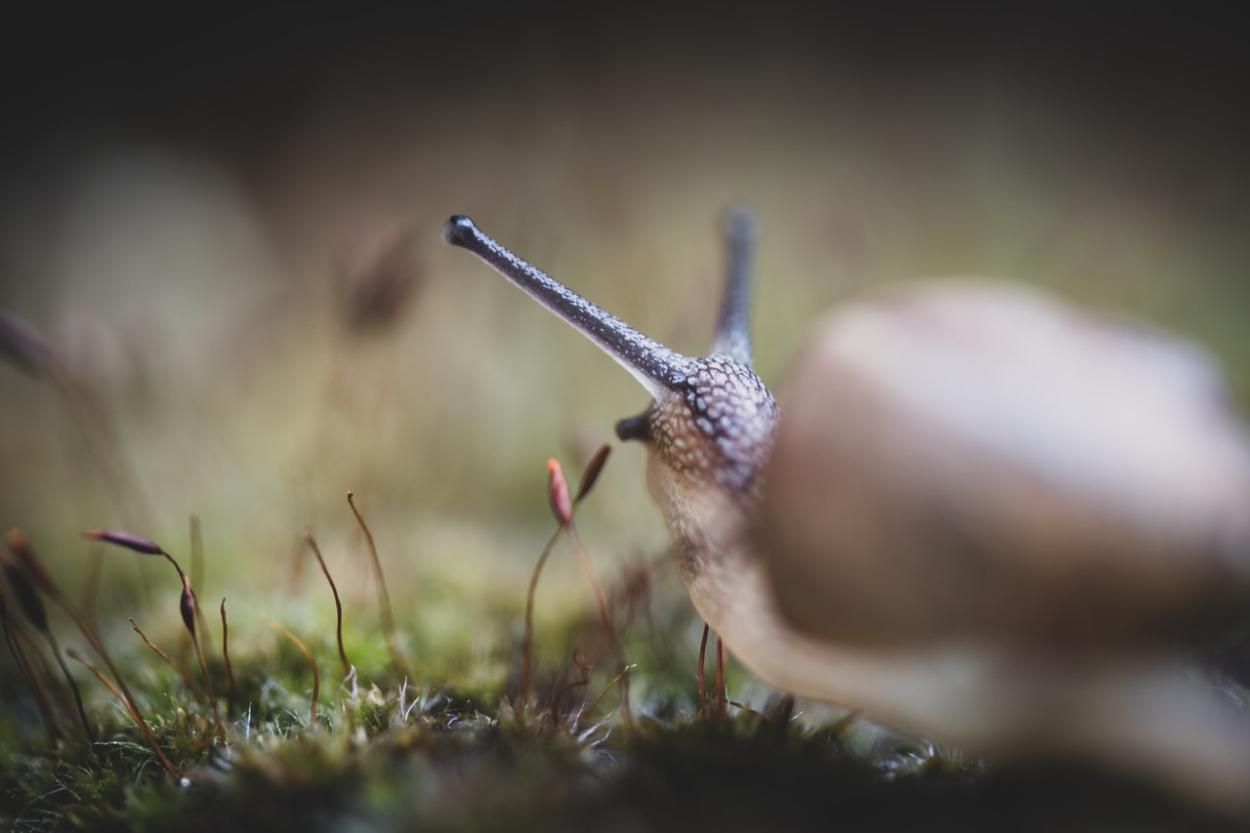
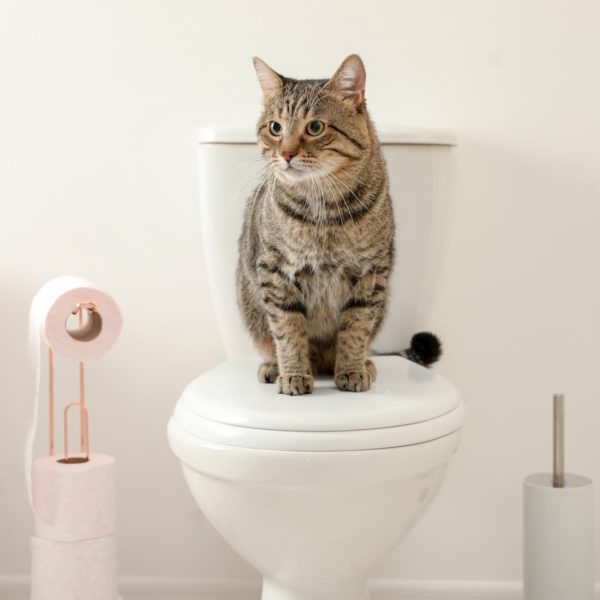
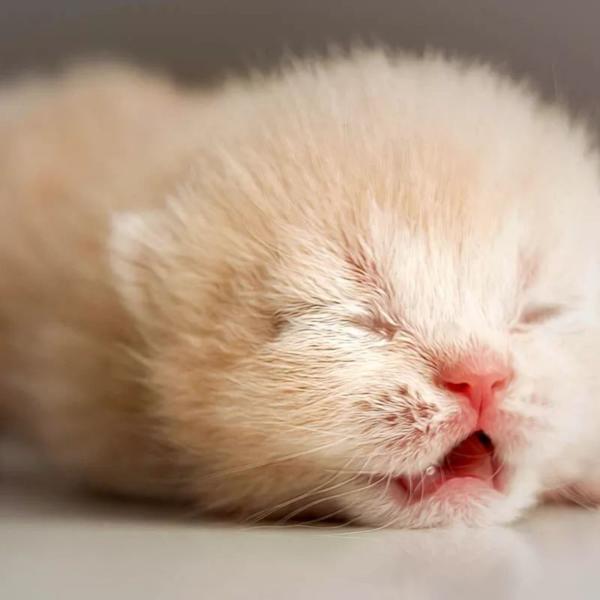
Leave a Comment